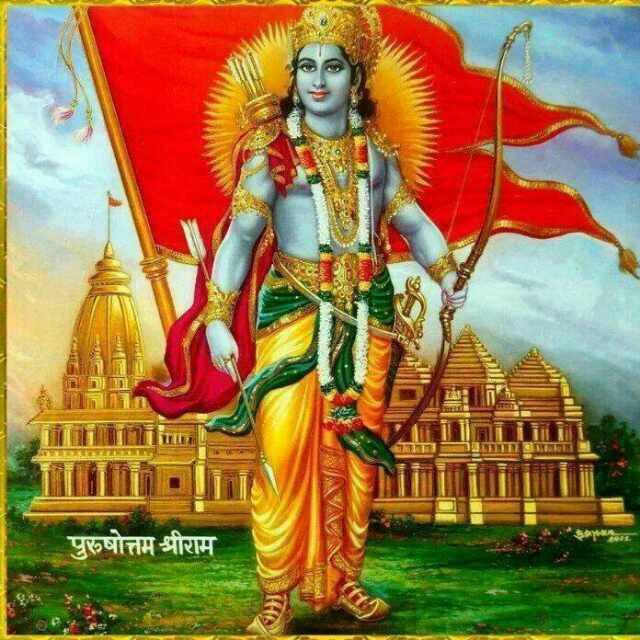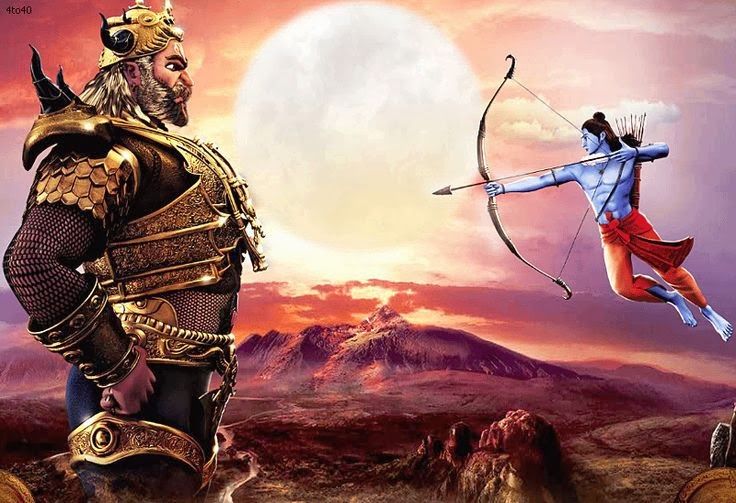
The auspicious day of Rama Navami commemorates Lord Rama’s birth. So, according to Hindu doctrine, is the seventh avatar of Vishnu. Although, the specific birthdate of Lord Rama is still unknown. Mythological and historical traditions indicate that he lived during the Treta Yuga, which was thousands of years ago. In this blog, we will know 7 amazing facts about Lord Ramas’s arrival in Ayodhya and also Lord Ram Date of Birth.
1. Lord Rama’s birth in Ayodhya

Hindu mythology believes that Lord Vishnu took on the form of Lord Rama at the time of Treta Yuga. According to the Ramayana, King Dasharatha and Queen Kaushalya of Ayodhya are the parents of Lord Rama.
In Hindu mythology, the tale of Lord Ram Date of Birth represents a pivotal moment. The story goes that King Dasharatha offered a ceremonial sacrifice, or yajna, to have children. The result was that he was bestowed with sacred Kheer, by the gods, and his queens received it. After eating some of the Kheer, Queen Kaushalya gave birth to Lord Rama.
King Dashratha asked Kaikeyi and Sumitra to devour Kaushalya’s share once he received the blessings, shortly afterward. Then, on Navami Tithi, Shukla Paksha in the month of Chaitra, Kaushalya gave birth to Shri Rama. Kaikeyi to Bharat, and Sumitra to twin boys, Lakshman and Shatrughan. Since Sumitra had twice as much as her portion remaining, she was fortunate to have two boys. It is established that Lord Ram Date of Birth was on January 10, 5114 BCE, around 12:30 p.m., according to planetarium software.
You must be wondering, why we celebrate Rama Navami around March or April if Rama was born on that date!?
Here’s the reason! An equinox every 72 years modifies one day because of the precision equinox. Therefore, over 7,200 years, that amounts to about 100 days.
2. Lord Rama Ruled for 11,000 years

It is believed by some that Lord Rama ruled for around 11000 long years. Let us check the facts. At the age of 25, Rama went to exile followed by his brother Laxmana and wife Sita. After his return to Ayodhya, he was crowned at the age of 39. When Rama was roughly 70 years old, he gave up the kingdom after reigning for 30 years and 6 months following his coronation.
Lets look into the Ramayana verse, which says-
dasha varsha sahasraani dasha varsha shataani ca |
raamo raajyam upaasitvaa brahma lokam prayaasyati ||
Here is the explanation. Rama began His voyage to Brahma’s home after serving his realm for ten thousand years. And, an additional one thousand years, for a total of eleven thousand years.
But, according to the fact, it was stated that Rama lived only 7,100 years ago, or 5100 BCE. How can we make sense of the two?
Mahabharata, another Hindu epic, states the verse- “ahorātraṃ mahārāja tulyaṃ saṃvatsareṃa hi”.
This means Maharajas live according to dharma. So, a day equals a year to them. If we take the year to consist of 360 days and 12 months of 30 days each, or 11,000 years in poetic form, we have 30 years and 6 months for Rama’s reign in Ayodhya.
3. Ravana’s destruction

According to the Ramayana, Rama is an incarnation of God (Vishnu). Vishnu himself appeared when the demigods went to Brahma to get rid of Ravana (due to the powers he possessed as a result of Brahma’s boon to him). Vishnu said he would take the form of Rama (a human) and kill Ravana. It was because Brahma’s boon made him invincible to all, except humans.
Throughout Rama’s life and commentary, he emphasizes the importance of pursuing and living life fully. Encompassing virtue (dharma), desires (kama), and acquiring legal wealth (artha). According to Rama, one should also focus on one’s duties, responsibilities, interests, and true pleasures. Such as in section 4.38 of the Ramayana.
Throughout Rama’s life, he emphasizes the importance of pursuing and living life fully. Encompassing virtue (dharma), desires (kama), and acquiring legal wealth (artha). According to Rama, one should also focus on one’s duties, responsibilities, interests, and true pleasures. Such as in section 4.38 of the Ramayana. We can learn a lot from Ayodhya Kand, there’s so much it teaches us in life.
